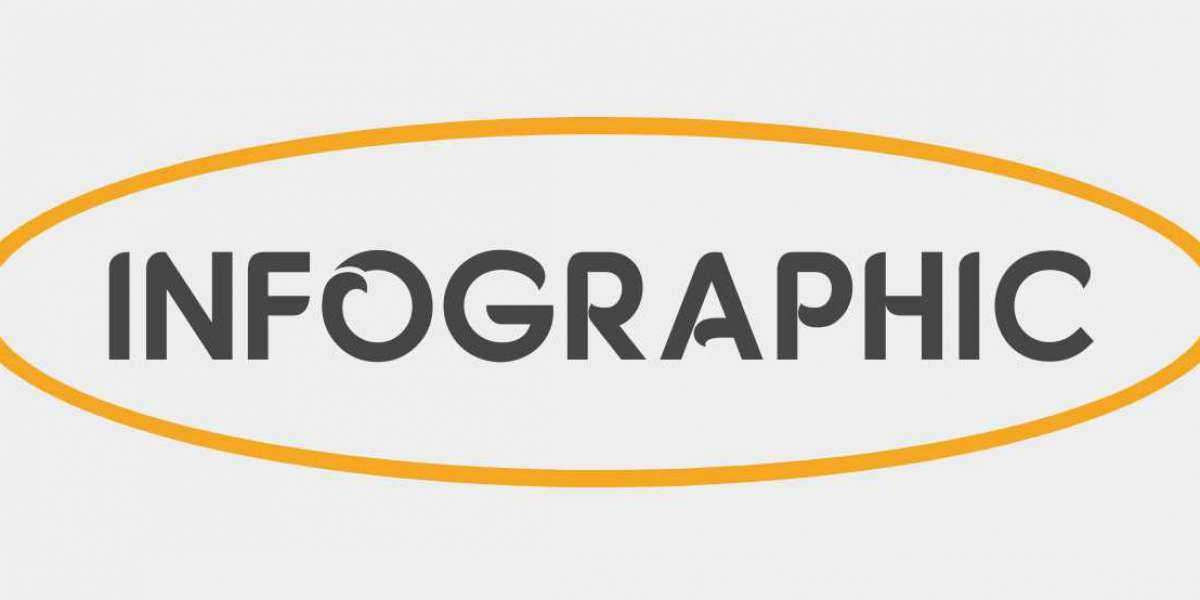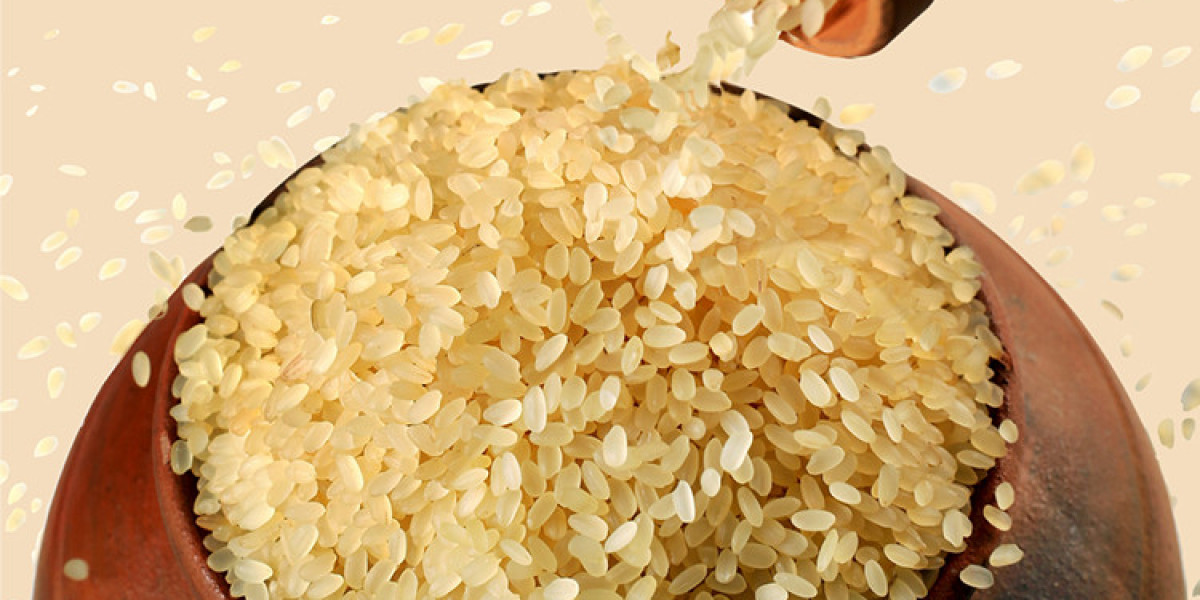Liquid chromatography (LC) is a versatile and widely used analytical technique that enables the separation, identification, and quantification of individual components within complex mixtures. This powerful tool has become indispensable in various fields, including pharmaceutical research, environmental analysis, and food quality control. In this article, we will explore the fundamentals of liquid chromatography, its different types, and its numerous applications.
The Basics of Liquid Chromatography
Liquid Chromatography is a separation technique that relies on the interaction between a liquid mobile phase and a stationary phase. The sample mixture is dissolved in the mobile phase and then forced through a column containing the stationary phase. As the sample components travel through the column, they interact with the stationary phase to varying degrees, resulting in their separation based on their unique chemical and physical properties.
The separation process in liquid chromatography is governed by the partitioning of the sample components between the mobile and stationary phases. Factors such as the composition of the mobile phase, the nature of the stationary phase, and the flow rate of the mobile phase can be adjusted to optimize the separation and improve the resolution of the chromatographic peaks.
Types of Liquid Chromatography
There are several types of liquid chromatography, each with its own specific characteristics and applications. The most common types include:
1. High-Performance Liquid Chromatography (HPLC): HPLC is the most widely used form of liquid chromatography. It employs high-pressure pumps to force the mobile phase through a densely packed column, resulting in highly efficient separations and sharp chromatographic peaks. HPLC is suitable for a wide range of compounds, from small molecules to large biomolecules.
2. Ultra-High-Performance Liquid Chromatography (UHPLC): UHPLC is an advanced version of HPLC that utilizes smaller particle sizes in the stationary phase and higher pressures to achieve even better separation efficiency and faster analysis times. UHPLC is particularly useful for complex mixtures and trace-level analysis.
3. Ion Chromatography (IC): IC is a specialized form of liquid chromatography designed for the separation and quantification of ionic species, such as anions and cations. It relies on ion-exchange resins as the stationary phase and a buffered aqueous solution as the mobile phase. IC is widely used in environmental monitoring, water quality analysis, and the pharmaceutical industry.
4. Size Exclusion Chromatography (SEC): SEC separates molecules based on their size and shape. The stationary phase consists of a porous material with a defined pore size distribution. Larger molecules elute first, while smaller molecules are retained longer in the pores. SEC is commonly used for the characterization of polymers, proteins, and nanoparticles.
Applications of Liquid Chromatography
Liquid chromatography finds applications in a wide range of industries and research areas. Some of the most notable applications include:
1. Pharmaceutical Analysis: LC is extensively used in the pharmaceutical industry for the development, quality control, and stability testing of drugs and formulations. It enables the separation and quantification of active ingredients, impurities, and degradation products, ensuring the safety and efficacy of pharmaceutical products.
2. Environmental Monitoring: LC plays a crucial role in environmental analysis, allowing the detection and quantification of pollutants, pesticides, and other contaminants in water, soil, and air samples. It helps in assessing the impact of human activities on the environment and ensuring compliance with regulatory standards.
3. Food Quality Control: LC is employed in the food industry to analyze the composition, safety, and authenticity of food products. It can detect and quantify additives, preservatives, vitamins, and other nutrients, as well as contaminants and adulterants. LC helps in maintaining food quality and protecting consumer health.
4. Biomedical Research: LC is an essential tool in biomedical research, enabling the separation and analysis of complex biological samples, such as proteins, peptides, and metabolites. It plays a vital role in drug discovery, proteomics, and metabolomics studies, contributing to the understanding of disease mechanisms and the development of new therapies.
5. Forensic Analysis: LC is used in forensic laboratories to analyze various types of evidence, including drugs, toxins, and trace materials. It helps in the identification and quantification of illicit substances, facilitating criminal investigations and legal proceedings.
Get more insights on, Liquid Chromatography
Get This Report in Japanese Language: 液体クロマトグラフィー
Get This Report in Korean Language: 액체 크로마토그래피
Read More Articles Related to this Industry- Key Development in Gas Chromatography
About Author:
Ravina Pandya, Content Writer, has a strong foothold in the market research industry. She specializes in writing well-researched articles from different industries, including food and beverages, information and technology, healthcare, chemical and materials, etc. (https://www.linkedin.com/in/ravina-pandya-1a3984191)










